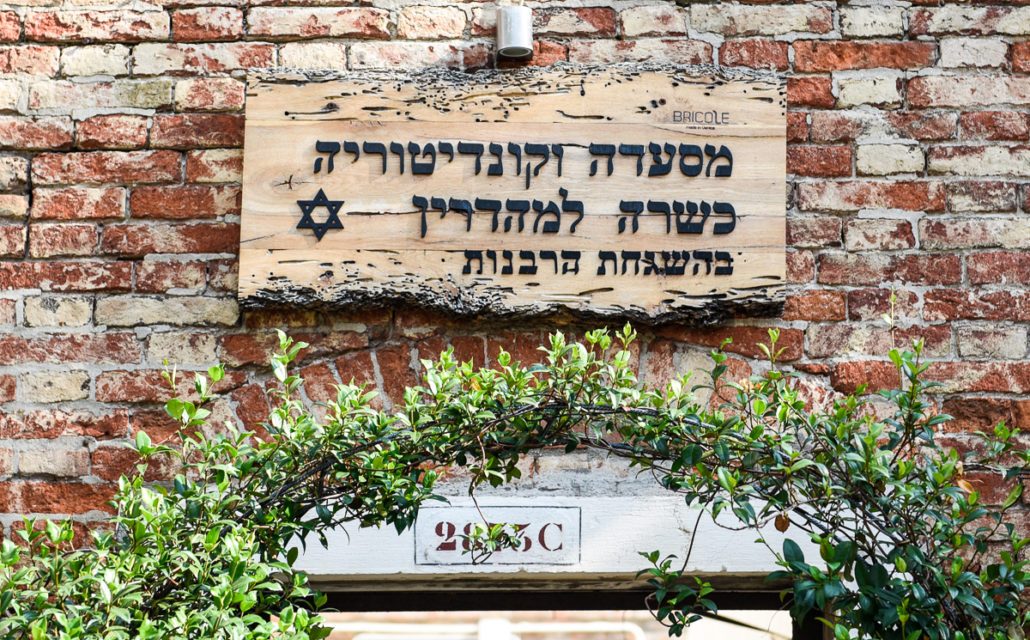“Nothing earthly can be placed above the synagogue”: it is for this reason that the Synagogues of Venice are often placed on the buildings’ top floor, hidden and unrecognisable from the outside. The only signs of their presence are the 5 windows in a row (which recall the books of Torah) and the writings in Hebrew on the walls. It is only thanks to a guided tour, in facts, that I could find out about the history and culture of one of the most fascinating places in Venice: the Jewish ghetto. And now I will tell you about my discoveries.
The Jewish Ghetto in Venice: the history
Think about it, the ghetto in Venice is the most ancient in the world: it was established on the 29th of March 1516; it was the place where Venetians of Jewish religion had been isolated for several years, until Napoleone’s edict ended this separation.
Do you know where the term “ghetto” comes from? I bet no! The word comes curiously from jetting, casting: in this area of the city, in fact, before the Jews arrived, there were some cannon foundries transferred to the Arsenal in 1390.
The Jewish people who live there nowadays are only a few, but the population reached the number of 5000 people back in times. Nobody could go out from it, apart from Jewish doctors appointed for healing sick people outside the ghetto.
The Jewish ghetto: the history of Synagogues
If you want to start your journey from the most ancient Synagogue -as I did- you must start from the German Synagogue, which dates back to the 1500 and is mostly attended by Ashkenazi Jewish people.
Following with the journey to discover the places of worship of the Jewish Neighbourhood in Venice, I acknowledged that the most simple among the actual Synagogues is the Italian one, with an essential structure which allows the light to pass through very easily. This is the gloomiest among the Venetian Synagogues and its edification dates back to 1575.
In the end, if you have some time to be spared, the Levantina one and the Ponentina one too are worth a visit: the former was being restored with different interventions throughout the centuries, while the latter is considered the most important among the synagogues which are the actual proof of the Jewish presence in Venice. Its foundation dates back to the second half of the XVI century.
Have I been able to arouse your curiosity? I will just wait for your own experiences around the Jewish Neighbourhood in Venice and, should you have any suggestion or piece of advice, do not hesitate to write it down in the comments. I will be more than glad to answer you!
Discover the other artistic experiences to do in Venice!




